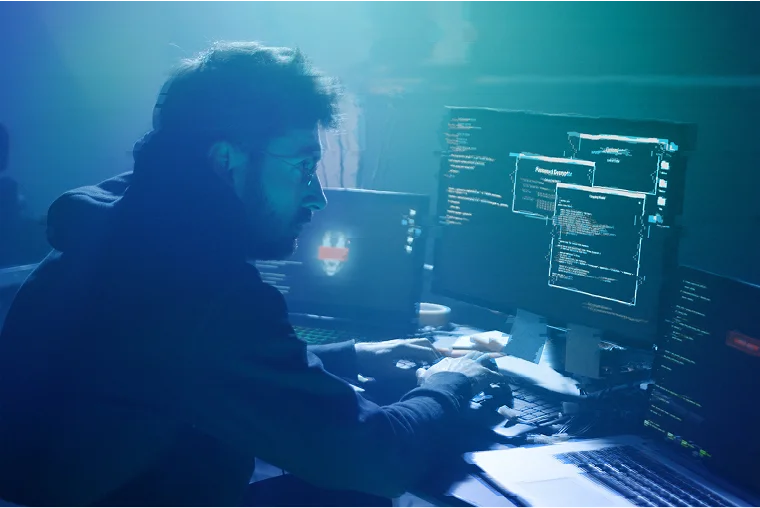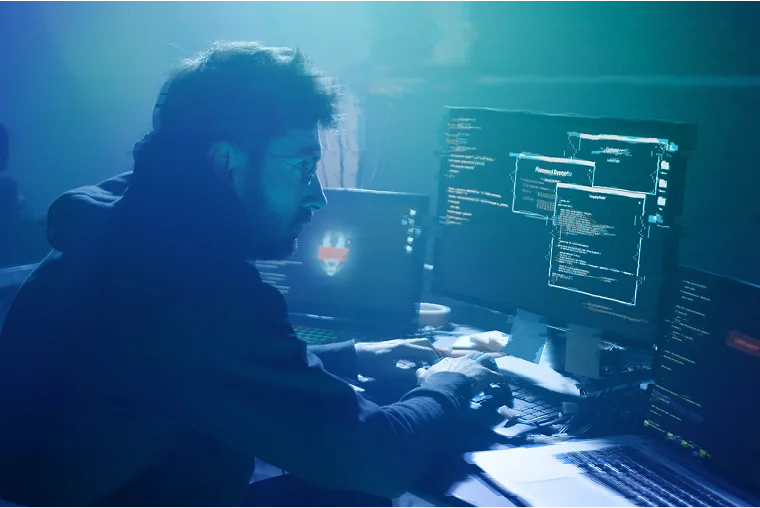Cybersecurity is a never-ending game of cat and mouse. Just when organizations think they’ve locked things down, attackers find a new way in. One of the most crucial but often overlooked stages of a cyberattack is weaponization—where hackers turn gathered intelligence into actual attack tools. If IT teams don’t understand this step, they’re already a step behind.
This guide breaks down what weaponization means, how it fits into the Cyber Kill Chain, and—most importantly—what you can do to defend against it.
What is Weaponization in Cybersecurity?
At its core, weaponization is when cybercriminals take what they’ve learned about a target’s weaknesses and turn that information into a working attack.
This step comes after reconnaissance—where attackers gather details like exposed vulnerabilities, employee email addresses, or weak security settings. Once they’ve got the data they need, they create custom malware, phishing payloads, or trojanized files to exploit those weaknesses.
A Few Real-World Examples:
- Weaponized PDFs: Malicious PDFs are embedded in phishing emails, exploiting unpatched software vulnerabilities.
- Evasive Ransomware: Attackers tweak ransomware to bypass security tools like Endpoint detection and response (EDR) (Endpoint Detection and Response).
- Trojanized Office Documents: A Word or Excel file looks completely normal but runs malicious scripts when opened.
The goal? Efficiency. The more tailored an attack, the harder it is to detect and stop.
Where Does Weaponization Fit in the Cyber Kill Chain?
To understand weaponization, it helps to step back and look at the bigger picture: the Cyber Kill Chain—a framework developed by Lockheed Martin to outline the stages of a cyberattack.
Here’s a quick rundown:
- Reconnaissance: Attackers gather intel—e.g., software vulnerabilities, email addresses.
- Weaponization: They build tools—malware, phishing payloads—to exploit those weaknesses.
- Delivery: The attack reaches the target (via email, websites, or USB drives).
- Exploitation: The malicious tool is executed, giving attackers access.
- Installation: Malware is deployed to establish persistence.
- Command & Control (C2): Attackers communicate with the compromised system remotely.
- Actions on Objectives: They execute their plan—stealing data, disrupting operations, or launching ransomware.
Weaponization bridges reconnaissance and delivery, making it a pivotal moment in an attack’s success or failure.
Why Should IT Teams Care About Weaponization?
Cybercriminals have stepped up their game when it comes to crafting highly targeted attacks. This makes traditional defenses—like signature-based antivirus—less effective. Here’s why weaponization deserves more attention:
- Tailored Threats Are Harder to Detect: Generalized security measures often miss customized attacks.
- Attack Success Rates Increase: The more precise an attack, the greater its chance of working.
- Cyber Threats Evolve Constantly: What worked yesterday won’t work tomorrow.
Real-World Examples of Weaponization in Action
Phishing with Weaponized Documents
A finance employee receives an email from what looks like a trusted partner. The attached Word doc, however, contains a hidden script that downloads malware.
Evasive Ransomware Attacks
A hospital’s IT team patches known vulnerabilities—but attackers tweak ransomware code to bypass the latest security updates. The malware enters through a weaponized USB drive left in a staff lounge.
AI-Driven Social Engineering
Attackers use AI to craft hyper-realistic phishing emails, texts, and voice messages that mimic real conversations. A cybersecurity researcher recently found that AI-generated messages tricked users 80% more often than traditional e-mail phishing attempts.
How to Defend Against Weaponization
While weaponization happens outside your network, there are ways to disrupt an attack before it reaches you.
1. Train Employees to Spot Attacks
People are your first line of defense. Regular training on phishing, social engineering, and emerging threats can help prevent costly mistakes.
2. Strengthen Email Security
Since many attacks start with email, using AI-driven filters, attachment scanning, and real-time threat intelligence can reduce risk.
3. Move Beyond Traditional Antivirus
Legacy AV solutions struggle against modern threats. Investing in Next-Gen AV (NGAV) and Endpoint Detection and Response (EDR) tools can provide behavior-based detection that catches unknown threats. Explore Huntress Managed Microsoft Defender and learn how you can leverage Huntress to extend your front-end protection.
4. Keep Systems Patched & Updated
Many attacks succeed because of unpatched vulnerabilities. A strong patch management process is key to reducing risk.
5. Use Threat Intelligence
By monitoring emerging attack techniques, organizations can stay ahead of cybercriminals instead of playing catch-up.
6. Test Incident Response Plans
Knowing how to react quickly can minimize damage. Conduct regular attack simulations to ensure IT teams are ready for a real-world breach.
Why Weaponization Matters
Weaponization isn’t just another buzzword—it’s a core part of how cyberattacks succeed. The more IT professionals understand how threats evolve, the better they can anticipate, detect, and neutralize attacks before they cause damage.
At the end of the day, cybersecurity is an ongoing battle. But with the right strategy—strong defenses, informed employees, and modern security tools—you can stay ahead of attackers.
References


Protect What Matters









